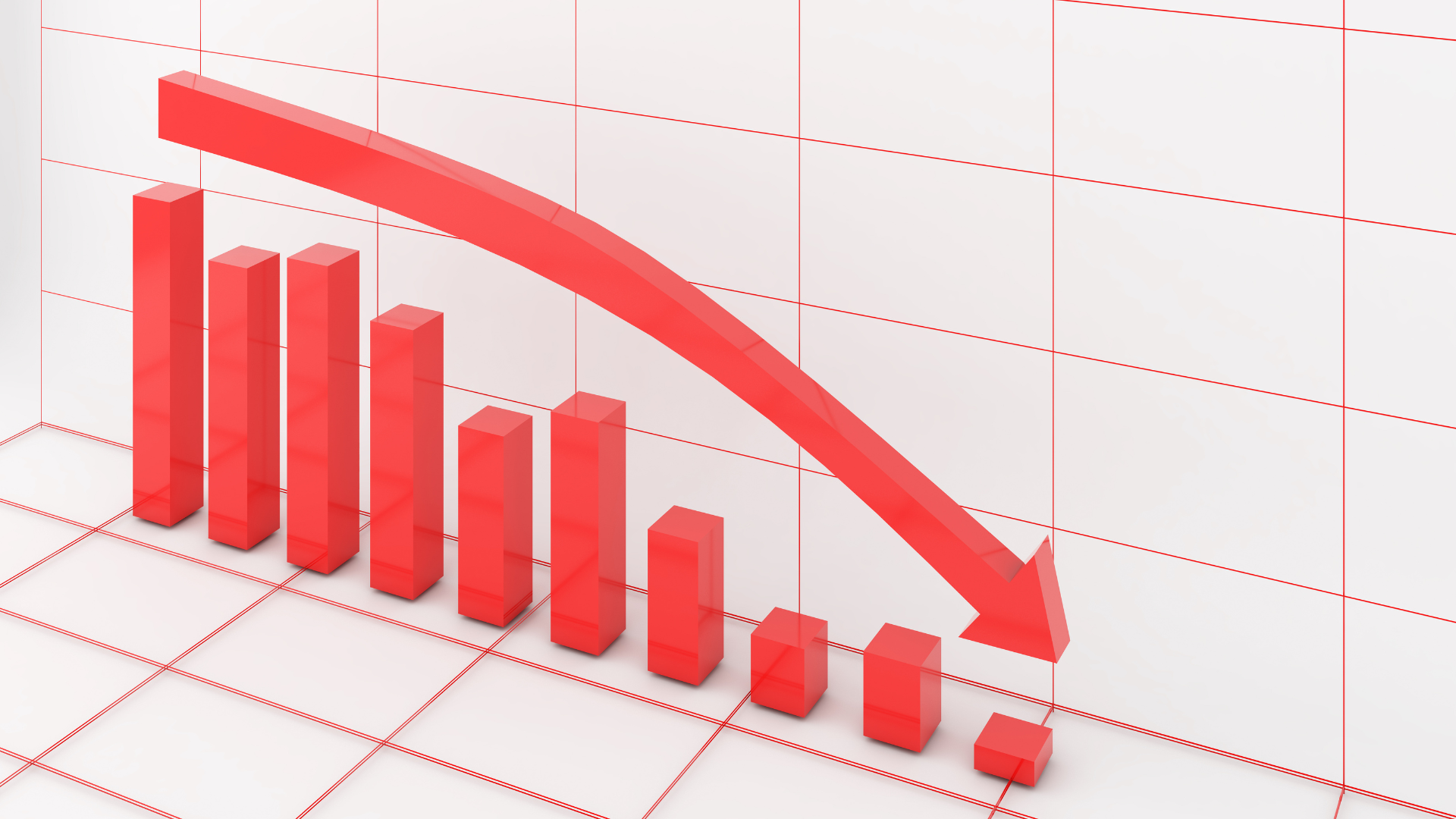Top 29 Linear Regression Interview Questions (Updated in 2025)
Introduction
Whether you are interviewing for a business analyst, data scientist, or machine learning engineer role, you can expect questions on one of the most significant statistical algorithms - linear regression. The applications of this simple yet powerful algorithm are wide-ranging, including:
- Predicting revenue based on marketing spend
- Forecasting market demand
- Optimizing supply chain operations
and many more predictive use cases in business, healthcare, and educational sectors.
To prepare well for such questions, you can’t go wrong with reviewing the core concepts. Study the mathematical concepts, practice model deployment on Python, and familiarize yourself with the various real-world scenarios where you might need to implement a regression model.
In this article, we’ll cover 29 linear regression practice problems based on common interview questions and key tips to help you confidently solve them.
Types of Linear Regression
Before we dive into the questions, here’s a quick refresher on the main linear regression models.
- Simple Linear Regression: Simple linear regression involves a single independent variable predicting a dependent variable. The formula for simple linear regression is y = mx + b, where y is the dependent variable, x is the independent variable, m is the slope of the line, and b is the y-intercept.
- Multiple Linear Regression: In multiple linear regression, two or more independent variables are used to predict a single dependent variable. The relationship is represented by the equation y = b0 + b1x + b2x2 + … + bnxn where y is the dependent variable, x1, x2, … xn are the independent variables, and b0, b1, b2, … bn are the coefficients representing the slopes for each independent variable.
- Polynomial Regression: Polynomial regression is a type of linear regression where the relationship between the independent and dependent variables is modeled as an nth-degree polynomial. This type of regression is useful when the relationship between variables is curvilinear. Although this model allows for a nonlinear relationship between Y and X, polynomial regression is still considered linear regression since it is linear in the regression coefficients. The equation for polynomial regression is y = b0 + b1x + b2x2 + … + bnxn where n represents the degree of the polynomial.
Linear Regression Interview Questions
We’ve selected our favorite linear regression interview questions for you to try and categorize them by subject.
Conceptual Linear Regression Interview Questions
1. What are the assumptions of linear regression?
Mention the key assumptions of linear regression and touch upon them briefly. Explain briefly why it is important to validate these assumptions before building a model and interpreting its results.
2. What’s the difference between lasso and ridge regression?
Talk about each method and highlight when you would use either. Mention the importance of normalizing variables before running a regularized regression.
3. How would you handle correlation?
How do you detect and handle correlation between variables in linear regression? What will happen if you ignore the correlation in the regression model?
4. What’s the difference between Linear and Logistic Regression?
What is the difference between logistic and linear regression? When would you use one instead of the other in practice?
Here are a few more questions to practice:
5. How do you use residual plots for model validation?
6. What is overfitting in the context of linear regression?
7. What are the techniques used to improve the accuracy of a regression model?
Linear Regression Algorithm Interview Questions
These questions dive a little deeper into your machine-learning knowledge.
8. Why do we need time series models?
What are time series models? Why do we need them when we have less complicated regression models?
Here is a sample answer: Time series models are necessary when data is collected over time, and some temporal dependencies and patterns need to be captured for accurate forecasting. Linear regression, on the other hand, is used when the focus is on the relationship between variables without considering the sequential nature of data.
Linear regression also assumes that there should be no autocorrelation between error terms, i.e., the value of a given observation is independent of the value at a previous instance. Time series models are needed to handle autocorrection, e.g., stock price prediction.
9. Which is the better model to predict booking prices?
Let’s say we want to build a model to predict booking prices on Airbnb. Which model would perform better, linear or random forest regression, and why?
Tip: Quickly explain each model and the differences between the two. Ask clarifying questions and assess the company’s requirements before diving into the solution. Clearly mention why you’d choose one model over the other, and enlist your assumptions explicitly.
10. How would you tackle multicollinearity in multiple linear regression?
Again, it’s worthwhile to note that you should ask clarifying questions such as the model’s primary objective, how it will be used, etc. State your assumptions and clearly explain your answer with the limitations of each approach, if any.
Here are a few more questions to practice:
11. Explain the bias-variance tradeoff. What is its relevance in model selection?
12. Describe the process of feature selection in the context of multiple linear regression.
13. How does feature scaling impact linear regression models, and why might it be necessary?
Statistics-based Linear Regression Interview Questions
14. What are the limitations of using R-squared?
Say you are tasked with analyzing how well a model fits the data given. You want to determine a relationship between two variables. What is the downside of only using the R-squared (R^2) value to do so?
Here are a few more questions to practice:
15. Use the least squares method to calculate coefficients.
16. Explain the concept of Ordinary Least Squares (OLS) estimation in linear regression. How does OLS minimize the sum of squared residuals to find the best-fitting line?
17. What is the purpose of the residual sum of squares (RSS) in linear regression?
18. Explain the concept of regularization in linear regression. What are L1 and L2 regularization, and how do they prevent overfitting?
Tip: Discuss your thought process when approaching a math problem. Explain the steps you plan to take, the formulas you intend to use, and why you choose a particular approach.
Linear Regression Coding Interview Questions
19. How would you estimate regression parameters?
Given a matrix of x and y values, write a function to generate a transposed matrix and estimate the parameters for linear regression.
20. How would you handle categorical values in linear regression using Python?
Sample answer: Techniques like one-hot or label encoding are commonly used. For one-hot encoding, you can use libraries like pandas, scikit-learn, and the get_dummies function. For label encoding, sci-kit-learn provides the LabelEncoder class.
21. Build a logistic regression model using gradient descent (Newton’s method) without an intercept or penalty, and return the parameters.
Given a dataset containing feature and target variables, write a function to build a logistic regression model from scratch. The function should use basic gradient descent (Newton’s method) to optimize the log-likelihood function without including an intercept or penalty term. The function should return the parameters of the regression. You may use numpy and Pandas but not Scikit-learn. For example, given an input dataset and parameters such as step size, maximum steps, and starting point, the function should output the estimated regression parameters.
Here are a few more questions to practice:
22. Which Python module would you use to evaluate the performance of a regression model?
23. Which Python library and functions can be used to handle outliers in linear regression?
Linear Regression Case Study Interview Questions
24. How would you forecast the new year’s revenue?
Let’s say that you work on the revenue forecasting team at Facebook. An executive wants an estimate of Facebook’s revenue in the coming year. How would you forecast revenue for the next year?
25. How would you model electricity supply?
Let’s say every year, PG&E has to forecast exactly how much electricity a town needs. We can’t supply too little, or else it causes outages, but if we supply too much, it’ll waste money if the town does not consume it. What’s one way we can model out how much electricity to supply?
26. How would you predict housing prices?
Imagine you are working for a real estate company, and they want to predict housing prices in a city. They provide you with a dataset containing features like square footage, number of bedrooms, number of bathrooms, neighborhood, and proximity to public places. How would you approach this problem?
27. How would you optimize the annual advertising budget?
You are hired by an e-commerce company that wants to optimize its online advertising budget. The company collects data on various advertising channels, such as social media ads, email marketing, and search engine ads, and wants to understand the impact of each channel on sales revenue. How would you go about solving this problem?
28. How would you optimize inventory levels?
Imagine you work for a retail company that sources products from multiple suppliers, manages various distribution centers, and serves customers online and offline.
The company wants to optimize its inventory levels to efficiently meet customer demand while minimizing carrying costs. How would you help them solve this challenge?
29. How would you design a classifier to predict the optimal moment for a commercial break during a video?
Imagine you are working for a media streaming company. The company offers a wide range of video content, including movies, web series, music videos, and educational videos, sourced from various producers and served to a global audience through its online platform.
The company wants to optimize the timing of commercial breaks within these videos to maximize ad effectiveness while minimizing viewer drop-off rates. How would you help them solve their challenge?
More Resources
To prepare for linear regression interview questions, you can practice with our hand-picked regression datasets.
For company-specific guides, check out our company interview articles here. For analyst interview guides or more practice problems, head over to our blog or our database of interview questions.

